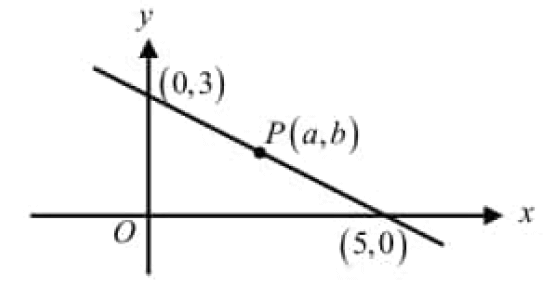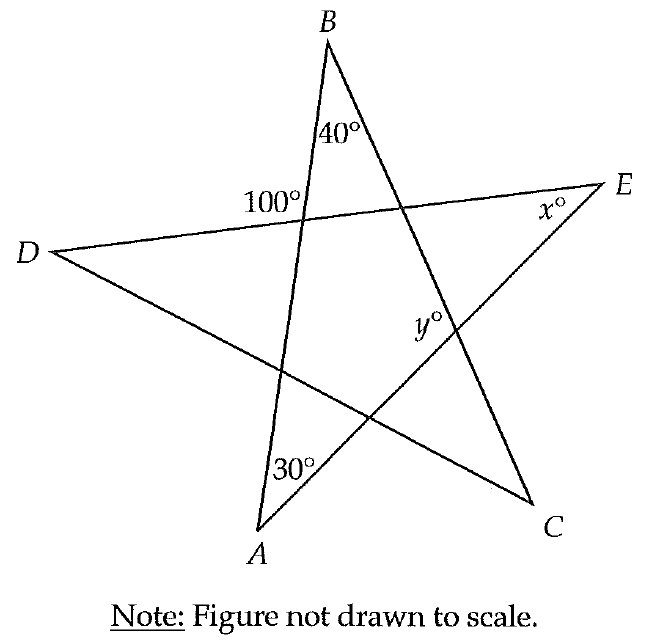PERMUTATION AND COMBINATION
Permutations :
The ways of arranging or selecting smaller or equal number of persons or objects from a group of persons or collection of objects with due regard being paid to the order of arrangement or selection are called permutations.
Combinations :
The number of ways in which smaller or equal number of things are arranged or selected from a collection of things where the order of selection or arrangement is not important are called combinations.
Difference between Permutations and Combinations
|
Permutations Selection is made. Beyond selection, order or arrangement is important. |
Combinations Selection is made. But arrangement or order is not important |
Formulas
Permutations :
nPr = n!/(n - r)!
Combinations :
nCr = n!/r!(n - r)!
Circular Permutations :
Case (i) :
Both clockwise and anti clockwise rotations are considered. (Hint : Every person has the same two neighbors) Then, the formula for circular permutations is
(n - 1)!
Case (ii) :
Either clockwise or anti clockwise rotation is considered, not both. (Hint: No person has the same two neighbors) Then, the formula for circular permutations is
(n-1)!/2
Shortcuts
1. nPr = n(n - 1)(n - 2) .... to r terms.
Example : 7P3 = 7 x 6 x 5 = 210
2. nCr = [n(n - 1)(n - 2) ... to r terms]/r!
Example : 7P3 = [7 x 6 x 5]/[3 x 2 x 1] = 35
3. nCr = nCn-r
(we will use this property only when we want to reduce the value of r)
Example : 25P22 = 25P3
4. nPr = r! ⋅ nCr
5. nP1 = n
6. nC1 = n
7. nP0 = 1
8. nC0 = 1
9. nPn = n!
(No. of permutations of n things taken all at a time)
10. nCn = 1
(Explanation : nCn = nCn-n = nC0 = 1)
11. Number of Permutations of n things taken all at a time, when two particular things always come together is
= (n - 1)!.2!
12. Number of Permutations of n things taken all at a time, when two particular things always do not come together is
= n!-(n - 1)!.2!
13. The value of 0! = 1.
Fundamental Principles of Counting
Multiplication Rule :
There are two things, one can be done in m number of ways and the second can be done in n number of ways, Then the total number of ways of doing both the things is
= m x n
This rule is called multiplication rule.
AND ===> Multiplication
Addition Rule :
There are two things, one can be done in m number of ways and the second can be done in n number of ways, Then the total number of ways of doing either the first one or second one, not both is
= m + n
This rule is called addition rule.
OR ===> Addition
Kindly mail your feedback to v4formath@gmail.com
We always appreciate your feedback.
©All rights reserved. onlinemath4all.com
Recent Articles
-
Digital SAT Math Problems and Solutions (Part - 134)
Apr 02, 25 12:40 AM
Digital SAT Math Problems and Solutions (Part - 134) -
SAT Math Resources (Videos, Concepts, Worksheets and More)
Apr 02, 25 12:35 AM
SAT Math Resources (Videos, Concepts, Worksheets and More) -
Digital SAT Math Problems and Solutions (Part 135)
Apr 02, 25 12:32 AM
Digital SAT Math Problems and Solutions (Part 135)

